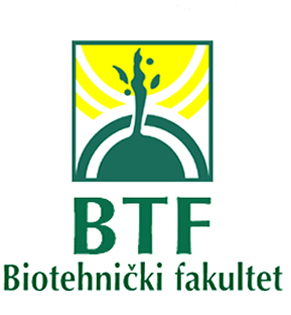| Year : |
2020 |
| Volume : |
66 |
| Issue : |
4 (15.12.2020) |
| |
|
| Authors : |
Nazar PRYVEDENIUK, Liudmyla HLUSHCHENKO, Ivan MISHCHENKO, Alina DUNICH, Lidiya MISHCHENKO |
| Title : |
NEW APPROACHES IN GROWING TECHNOLOGY OF Valeriana officinalis L. UNDER THE CONDITIONS OF CLIMATE CHANGE |
| Abstract : |
There is an acute shortage of soil moisture in critical periods of growth and development of Valeriana officinalis L. on the territory of Ukraine. Classical technologies previously used for growing crops do not allow to obtain consistently high yields of roots under the conditions of climate change. Therefore, in order to find new effective methods of valerian growing, research studies have been conducted to establish the impact of drip irrigation, mineral nutrition, sowing dates on productivity and phytosanitary condition of valerian crops in Ukraine. The moisture content of the root layer of the soil was maintained at the level of 85% of the lowest moisture content, when irrigation was used. Mineral fertilizers in the dose of N90P90K90 were applied for the main tillage and N30P30K30 for fertilization. Sowing was carried out in two terms (spring and winter). The yield of valerian depended only on the weather conditions of the year, when irrigation was not used. In the first year of research, the natural soil moisture was the highest among all years of research. The yield of valerian raw materials was 19.4 – 26.3 quintal/ha for spring sowing of the first year. For the second year of research – it was only 5.4 – 7.9 quintal/ha due to summer drought. For the third year no seedlings were obtained due to the spring drought. On average over three years, the use of drip irrigation in combination with mineral fertilizers provided 26.3 – 36.6 quintal/ ha yield of dry roots. Prolongation of vegetation during winter sowing, application of irrigation and mineral fertilizers (with their application in the dose of N90P90K90 mainly) provided a yield of 36.8 quintal/ha. The highest yield of valerian roots was 42.2 quintal/ha obtained for winter sowing when irrigation was used in combination with the application of basic fertilizer N90P90K90 + fertilization N30P30K30. Under the conditions of drip irrigation dangerous pathogens for valerian were Erysiphe cichoracearum f. valerianae, Ramularia valerianae, Uromyces valerianae, Septoria valerianae, Peronospora valerianae, and also fungus of the genus Fusarium and viruses. Stable yields of valerian raw materials under the conditions of climate change were obtained with the use of drip irrigation and mineral fertilizers with the extension of the growing season of valerian due for winter sowing |
| For citation : |
Pryvedeniuk, N., Hlushchenko, L., Mishchenko, I., Dunich, A., Mishchenko, L. (2020): New approaches in growing technology of Valeriana officinalis L. under the conditions of climate change. Agriculture and Forestry, 66 (4): 19-28 |
| Keywords : |
Valeriana officinalis L., drip, irrigation, yield, mineral fertilizers |
| |
|
| download paper |

